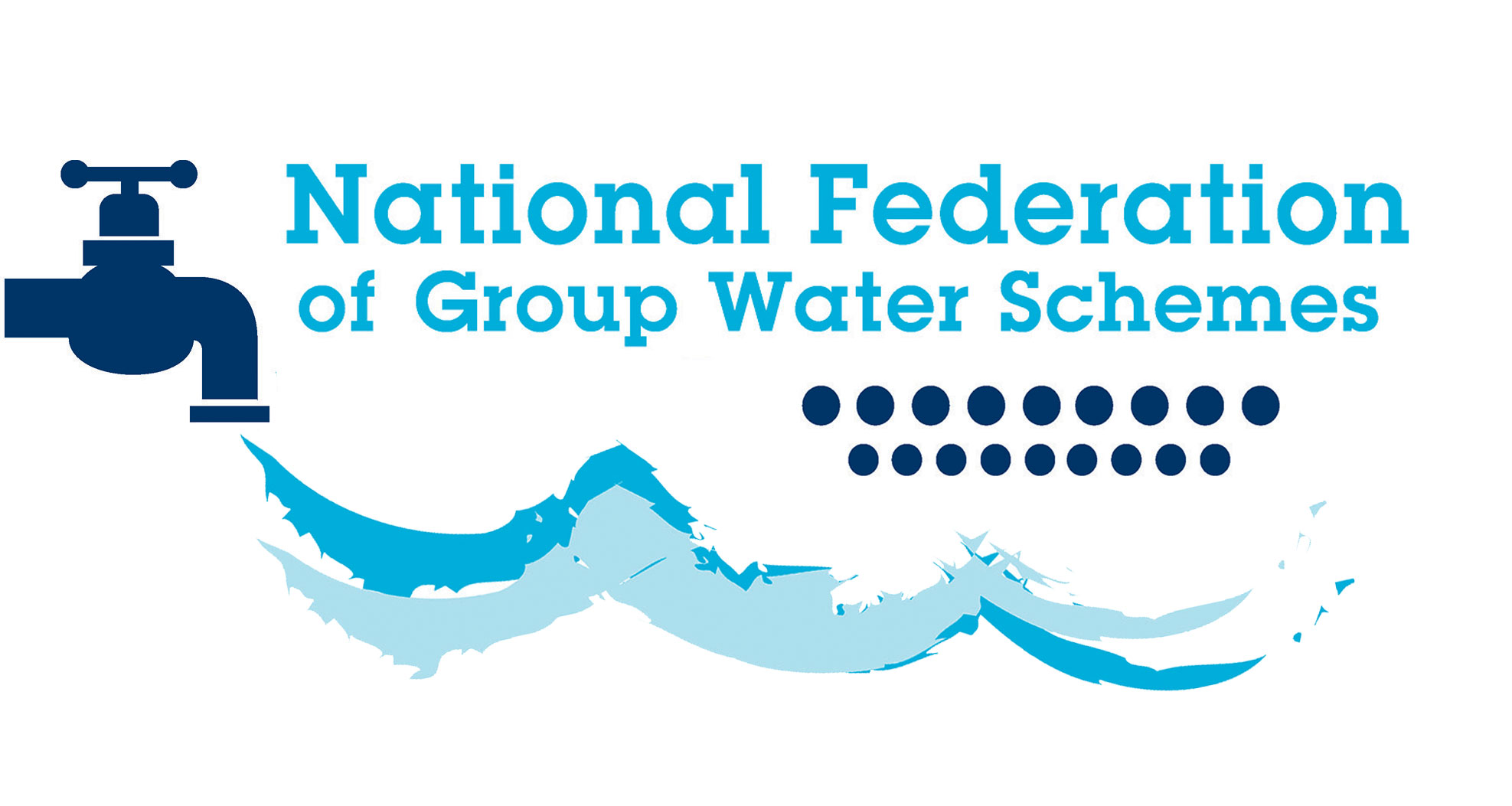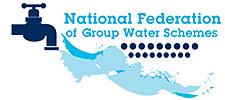Focus on Private Water Supplies 2016

Summary: This report provides an overview of both the quality and enforcement of private drinking water supplies in Ireland in 2016.
Published: 2017
ISBN:
Pages: 28
Filesize: 3,957KB
Format: pdf
Down Focus on Private Supplies 2016
Historically, group water schemes were established with little or no treatment in place. As raw water quality deteriorated through the 1970s, 80s and 90s, few schemes had the infrastructure to address contaminated sources, while fewer still had the financial means to invest in such infrastructure. For schemes utilising surface water supplies, in particular, the problems were acute and members were increasingly unable and unwilling to consume their tap water. This was a serious concern for the management committees of group schemes who were themselves consumers.
Under the Rural Water Programme agreed in 1998, the achievement of drinking water quality has been the primary objective. A huge investment programme has been committed to addressing the issue of deficient quality in GWS drinking water supplies and that programme continues in 2010.
The urgency of the ‘quality’ issue had been highlighted in the Drinking Water Quality reports published on an annual basis by the Environmental Protection Agency since the early 1990s. These reports revealed unacceptably high levels of non-compliance with EU and national water quality standards in the group water scheme sector.
As more extensive monitoring began in the late 1990s, it emerged that failure to meet the crucial microbiological test for faecal coliforms (in particular) was unacceptably high.
2001 was the low point in terms of test results. This saw faecal coliform failures on 485 schemes, while 518 GWS supplies exceeded the standard for colour, 180 for odour, 258 for iron, 315 for manganese and 37 for aluminium.
The issue of deficient water quality on group water supplies was highlighted in a judgment against Ireland in the European Court of Justice in November 2002. This found that more than 500 schemes were in need of upgrading to bring them into compliance with EU Drinking Water Standards.
The framework for achieving compliance with water quality standards was established by the National Rural Water Monitoring Committee’s Action Plan for Rural Drinking Water Quality 2003-2006. This proposed three major routes to upgrading GWS supplies: DBO bundling, connection to public mains (either as a publicly-sourced GWS or as part of a taking-in-charge) or individual upgrades (for small schemes with very good raw water quality).
The situation has improved year on year since then, but the fact that the EPA reports dealt in percentage terms, rather than in numbers of schemes, meant that the scale of the improvement was not always clear. Connection to public mains and the amalgamation of schemes as part of an upgrade strategy has meant a significant reduction in the numbers of privately-sourced schemes that come under the terms of the Drinking Water Regulations.
Even in percentage terms, the trend is obvious. In 2004 40.4% of group schemes were contaminated with E.coli. This fell to 36.2% in 2005, 35.8% in 2006 and 31.4% in 2007. In terms of the numbers of actual schemes, 184 schemes recorded faecal contamination in 2007, of a total of 586 schemes listed in the EPA report.
More than half of all failures (95) were recorded in Counties Galway and Mayo where major DBO bundling projects, as well as other upgrade strategies under the Action Plan had still some way to go. It is anticipated that by 2011 there will be few, if any, failures in these counties (or any other) as fully treated water supplies will be in place and group schemes move towards implementation of the Quality Assurance system, as well as availing of training provided through the NFGWS and the water Services Training group.
Source protection and effective management of the distribution network, in addition to proper oversight of treatment processes and ongoing training will ensure that group water schemes are prepared to meet all of their obligations under the Drinking water Regulations and the Water Services Act.



